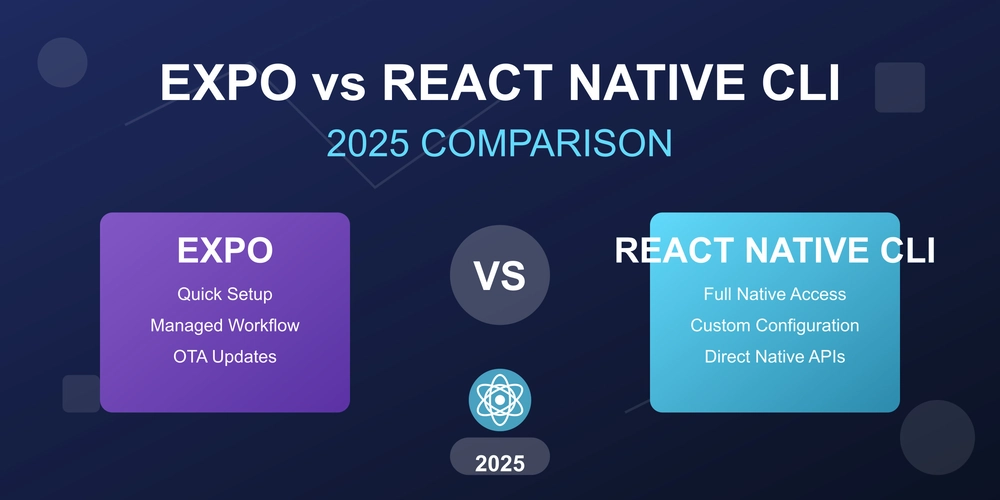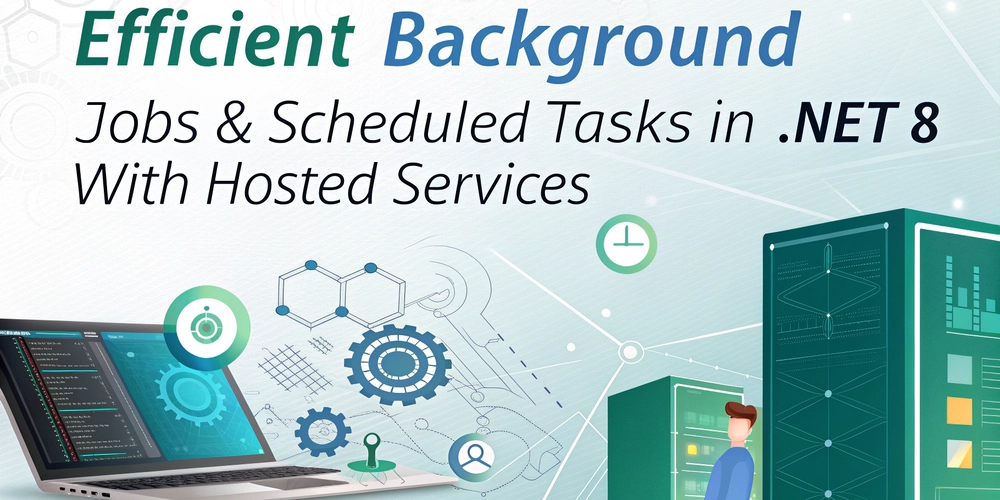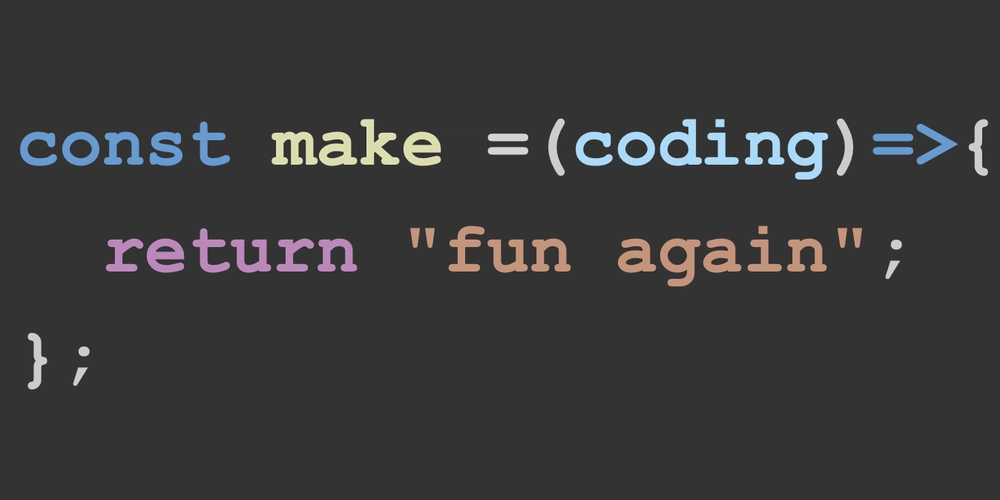
React Native Expo vs CLI: Choosing the Right Path in 2025
Diving into mobile app development? Deciding between React Native Expo and React Native CLI is a crucial first step. While both let you build cross-platform apps, they offer distinct development experiences. Explore why React Native Expo could be the winning choice for smoother development and faster results.
What are Expo and React Native CLI?
- Expo: A framework built around React Native, offering a managed workflow with pre-configured tools and services. Streamlines building, deploying, and iterating on iOS, Android, and web apps from a single JavaScript codebase.
- React Native CLI: A bare-bones setup for complete control over native code. Requires manual configuration and more native development expertise. Most useful to those needing ultimate control due to the nature of the app or other factors.
Why Choose React Native Expo in 2025?
Several key advantages make React Native Expo a compelling choice in 2025:
1. Simple Setup and Quick Start
- Expo dramatically lowers the entry barrier. Start building apps immediately with just a few commands. If you're familiar with JavaScript already, you're set.
- Skip the complex native setup. Forget installing Android Studio or Xcode initially – focus on writing JavaScript and coding features. You can add these later if needed for custom modules.
2. Enhanced Development Experience
Expo provides features that improve your workflow:
- Hot Reloading: See code changes instantly, saving valuable time.
- Expo Go App: Test on physical devices without building native binaries, perfect for quickly sharing progress.
- Expo DevTools: Manage your development workflow through a web-based interface.
- QR Code Sharing: Instantly share a QR code, making it easy for anyone with the Expo Go app to try the app.
3. Comprehensive SDK Access
-
Access device features and APIs without writing native code.
-
The managed SDK ensures compatibility across versions and platforms, reducing headaches. Examples include:
- Camera and image picker
- Location services
- Push notifications
- Local authentication (fingerprint/face ID)
- Secure storage
- Sensors and device motion
4. Effortless Updates with EAS Update
- Push updates directly to users without app store reviews (for Javascript changes).
- Benefit from faster bug fixes, quicker feature deployments, and lower deployment risk. Users get seamless updates without interruption.
5. Streamlined Production Builds with EAS Build
Simplify the complexities of building with Expo Application Services (EAS) Build:
- Cloud-based builds for iOS and Android relieve the burden on your local machine.
- Building for iOS no longer requires a Mac, streamlining the process to get your Apple builds finished in the cloud.
- EAS streamlines app store submission which ensures consistent build environments and reliable results.
6. Using Native Modules with Expo Development Builds
- Overcome the limitations of custom native code through Expo Development Builds. You don't have to eject.
- Maintain the Expo workflow advantages while accessing native code when necessary. This provides better flexibility for integrating specific features.
7. Growing Community and Ecosystem
Benefit from a supportive environment that increases the chances of success:
- Extensive documentation
- Active community support
- Regular updates and improvements
- A wide range of compatible libraries
8. Scalability Concerns Addressed
As of 2025, most scalability concerns have disappeared as Expo evolved. The platform now offers:
- Support for custom native code
- Improved build configuration options
- Better performance optimization
- Enterprise-ready features
When to Choose React Native CLI
Despite React Native Expo's advantages, there are still scenarios where React Native CLI might be the right option:
- When you need deep integration with unsupported native modules. So, for specific hardware features, you should stick with the CLI.
- When you require fine-grained control over the native build process. Use the CLI option if you need to optimize the app to a very specific environment.
- For apps with very unique custom background processing requirements that just can't be achieved with workarounds.
Conclusion
In 2025, React Native Expo offers a compelling balance of ease-of-use and flexibility. You no longer have to make a permanent decision that might limit the app later. Start with Expo for a simplified workflow and still switch when needed.
React Native CLI remains ideal for complete control, but React Native Expo can handle most production app requirements while providing a significantly superior development experience.
What are your thoughts on this React Native Expo vs CLI debate? Let's hear them in the comments!























